Introducing the Leatherverse Brand Matrix

In the vast expanse of the leather goods market, navigating the terrain of brands and products can feel like traversing uncharted territory. As a leather enthusiast and butcher, I've often found myself grappling with the challenge of conveying the nuanced landscape of leather craftsmanship and brand positioning to my audience. How do I distill my experiences and opinions into a format that not only informs but also visually guides?
After much contemplation and a stroke of inspiration in the early hours of the morning, I'm thrilled to unveil a groundbreaking methodology that promises to revolutionize the way we perceive and understand leather brands: The Leatherverse Brand Matrix.
What's Inside?
Genesis of the Idea
As humans, we thrive on comparisons. We understand concepts better when we can contextualize them relative to others. This fundamental principle was the driving force behind my quest for an improved method of articulating my evaluations of leather brands and their offerings. For too long, I grappled with conceptualizing a framework that could effectively communicate the intricate nuances of brand sophistication and pricing strategies.
Then, one fateful night, clarity struck at 3:00 a.m. A fully formed idea materialized in my mind, compelling me to rise from my slumber and commit it to paper. Past experiences had taught me the importance of seizing inspiration in the moment, for it is fleeting and often irretrievable.

The Birth of the Leatherverse Brand Matrix
Seated at my desk, fueled by the fervor of revelation, I sketched out a model that would serve as both a translation of my reviews and a visual tool to convey my findings. Thus, the Leatherverse Brand Matrix was born.
At its core, the matrix operates on two axes: sophistication level and pricing multiplier. These axes intersect to form a comprehensive grid that maps the position of each brand within the leather goods market.
Deciphering the Axes
The vertical axis represents the sophistication level of a brand's products, delineated into three main segments:
Artisan Crafts
At the lower end of the spectrum reside artisan crafts characterized by simplicity and minimalism. Here, one finds straightforward leatherwork devoid of intricate designs, complex structures, or supportive materials. These creations, often characterized as rustic, rugged, and minimalist, cater to the preferences of the American market.
Fashion Segment
Moving up the sophistication ladder, we encounter the fashion segment, where designs exhibit heightened sophistication. These products necessitate complex structures and supportive materials to achieve desired shapes and forms. Manufactured primarily in established factories, they surpass the capabilities of beginner artisans. This segment constitutes the largest portion of the contemporary leather goods industry.
Exclusive Segment
At the pinnacle sits the exclusive segment, showcasing crafts of unparalleled sophistication crafted by master artisans. These pieces, typically bespoke projects featuring exotic leathers, demand an extensive amount of time and meticulous handiwork to produce. Naturally rare and commanding high prices, they epitomize the epitome of luxury in the realm of leather goods.
The horizontal axis denotes the pricing multiplier encompassing the pricing strategies of the brands under review, ranging from 2x to 15x:
No Brand Premium
Brands employing a 2x multiplier typically offer products without a discernible brand premium, often operating on thin profit margins that may not be sustainable in the long run, from my perspective.
Value Brands
With multipliers of up to 5x, value brands strike a balance between affordability and quality, often favored by direct-to-consumer (D2C) companies.
Brand Premiums
Beyond that lies the realm of brand premiums, where multipliers extend up to 10x. Here, consumers pay not just for the product itself, but also for the intangible benefits associated with the brand, such as superior service, iconic logos, or added convenience.
Perceived Luxury
Ascending to the right further, we enter the domain of perceived luxury, where multipliers reach 15x. These brands invest heavily in marketing initiatives such as advertising campaigns, expansive store networks, immersive experiences, and high-profile fashion shows to cultivate a prestigious image around their logo.
However, it's important to note that the utilization of a 15x multiplier doesn't necessarily mean that these brands pocket the entire margin; substantial portions may be allocated toward advertising expenditures to maintain their prestigious positioning in the market.
The Diagonal Line
The diagonal line depicted here symbolizes the delicate balance between price and performance, as perceived from my standpoint. As product sophistication increases, premium brands naturally warrant higher prices commensurate with the value they deliver to consumers.
Ideally, the brands I favor align closely with this line. Deviating too far below suggests a disparity between price and performance, signaling a subpar value proposition. Conversely, brands positioned above the line offer exceptional value for money.
To underscore the utility of this tool, I've plotted 12 of the brands reviewed thus far, further elucidating the dynamics of price-performance relationships within the market.

Application of the Matrix
Allow me to introduce the brands I've identified, each meticulously positioned within the matrix, along with detailed explanations of their placement and significance.
Firstly, we have Portland Leather Goods, occupying a space indicative of basic craftsmanship, bordering on roughness. Their products lack intricate detailing and are essentially stitched leather without notable craftsmanship. With a price multiplier ranging between 2.5x to 3x.
Moving up, we encounter Saddleback Leather, an artisan brand showcasing a higher level of sophistication. While still maintaining a rustic aesthetic, they incorporate support structures, warranting a price multiplier around 4x to 5x .
Next on the horizon is Crush Leather Goods, a newcomer that surprises with its intricate detailing despite its artisan-level origins. With a price multiplier of 2x, it stands at the upper echelon of the artisan scale, although this pricing strategy may pose challenges for long-term sustainability.
Entering the realm of fashion, we encounter Jacquemus, offering products at a premium of 8-9x. Despite its mass-market appeal, the brand's high price may raise questions regarding its value proposition.
Stepping into the realm of luxury, we find Loewe, commanding a brand premium with a multiplier of around 10x. Their products, while pricey, exhibit superb craftsmanship and design, justifying the investment.
Alongside Loewe, we find Strathberry and Polene, offering similar levels of quality and sophistication at a price multiplier of 4x to 5x. These brands provide exceptional value for their craftsmanship and unique designs, explaining their rapid growth.
Venturing further into luxury territory, we encounter Yves Saint Laurent (YSL) and Chanel, each boasting brand premiums ranging from 13 to 15x. While their craftsmanship and materials may justify the cost, the substantial brand premium may give pause to some consumers.
Continuing our journey, we arrive at Louis Vuitton (LV), operating across a wide range from mass-market to superb luxury, with an average multiplier reflecting its prestigious standing in the industry.
Finally, we encounter Hermes, a pinnacle of luxury and craftsmanship. While not entirely handmade, their products command a brand premium in the range of 13 to 14x, reflecting their dedication to leather and craftsmanship.
The Outliers
Now, let's discuss an extraordinary outlier in our matrix, highlighting the bespoke craftsmanship of an independent artisan, Peter Nitz. Many of you may already be familiar with Peter from previous videos. Renowned for his ability to craft bespoke, exotic-like pieces upon request, Peter is a true master of his craft.
Every aspect of Peter's creations is meticulously crafted by his skilled hands, with each piece taking approximately a week to complete. From sourcing materials to the final stitch, Peter's attention to detail is unparalleled. His repertoire includes using exotic leathers such as crocodile, and he's even been known to create bespoke items from rare materials like elephant leather.
While Peter's creations command a premium price, typically ranging from 10 to 15 thousand dollars for a bag, they offer an incomparable level of value. These aren't just bags; they're works of art, epitomizing true craftsmanship and luxury.
Despite the hefty price tag, Peter doesn't adhere to a multiplier of 15. Instead, his pricing reflects the significant costs associated with sourcing and working with expensive materials, as well as compensating skilled artisans for their labor. In essence, Peter's creations represent the epitome of luxury and craftsmanship, showcasing the dedication and skill of a true artisan.
Read: The Luxury Bag Dissection: A Journey to Craftsmanship - Taking Peter Nitz's One Week Course
Charting the Course Ahead
This matrix will serve as my tool for weekly assessments, allowing me to pinpoint the position of each product. By providing a visual representation, I aim to enhance your understanding of the nuanced discussions I present. This approach represents an evolution from my previous method of relying solely on verbal opinions to summarize my findings.
Moving forward, this matrix will become a permanent fixture, regularly updated with each new product and brand review. Accessible on my website, it will be freely available to all soon. Whether you seek insights on a specific brand or product, this resource will serve as your guide.
I'm excited about the potential of this concept and welcome any feedback or suggestions for improvement. Your input is invaluable as I continue to refine and develop this tool to better serve you.
Conclusion
In unveiling the Leatherverse Brand Matrix, my intention is to empower leather enthusiasts and consumers with a comprehensive framework for understanding and evaluating brands. I invite feedback and suggestions for improvement as we embark on this journey together. Together, let us stay leathertained and explore the myriad facets of the leather universe.
Stay tuned for updates on my website, where the Leatherverse Brand Matrix will soon be available as a free resource for all aficionados of fine leather craftsmanship. Until next time, may your journeys through the leatherverse be enlightening and enriching.




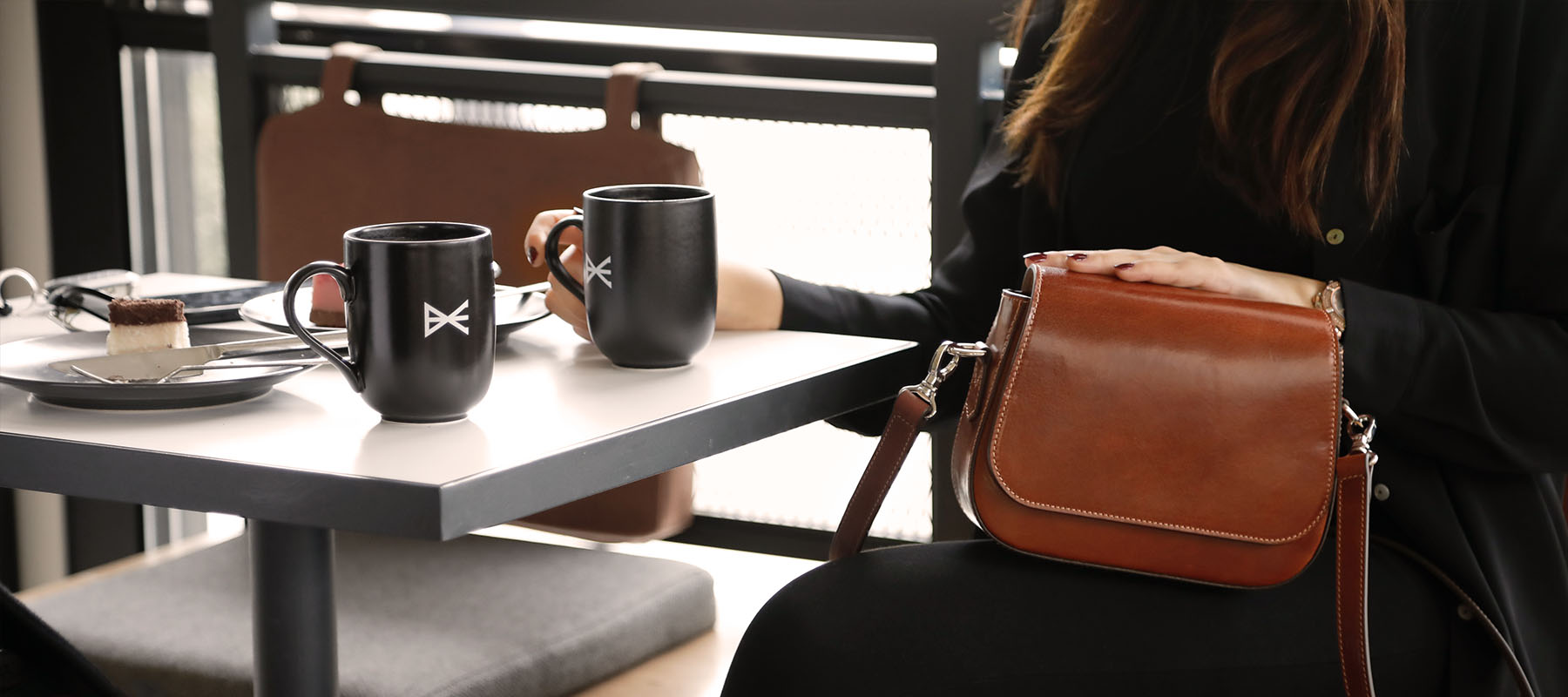
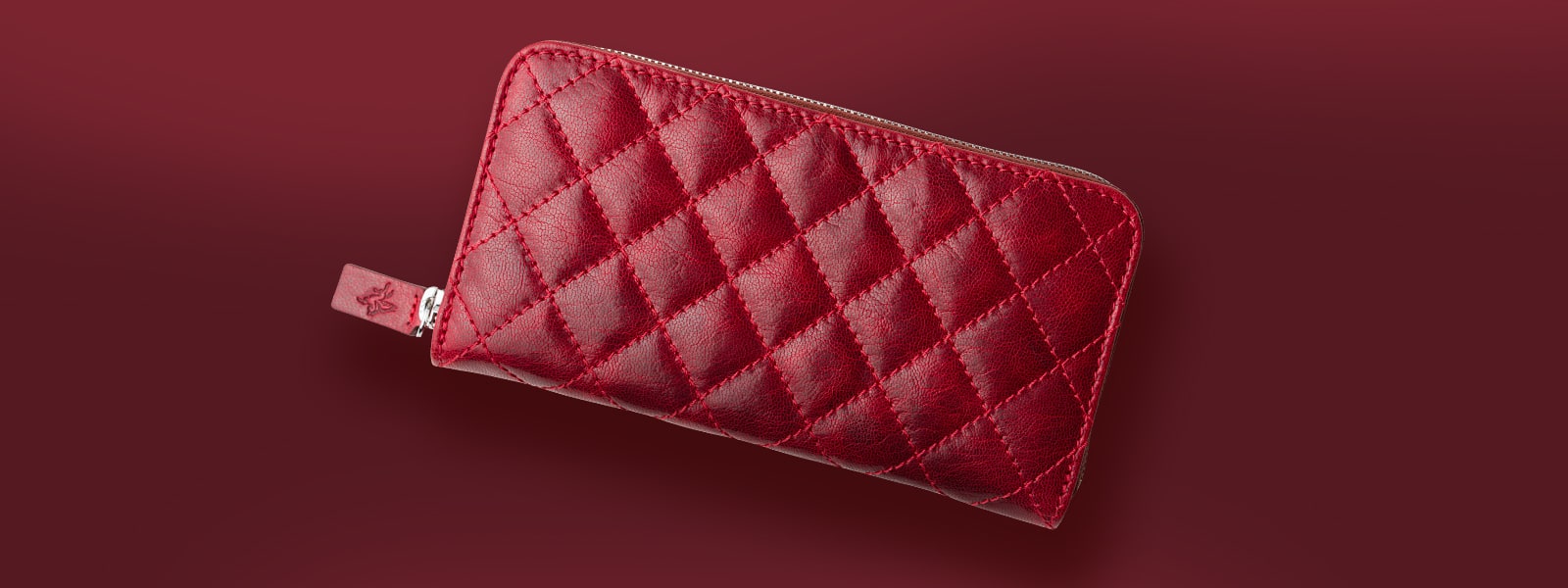
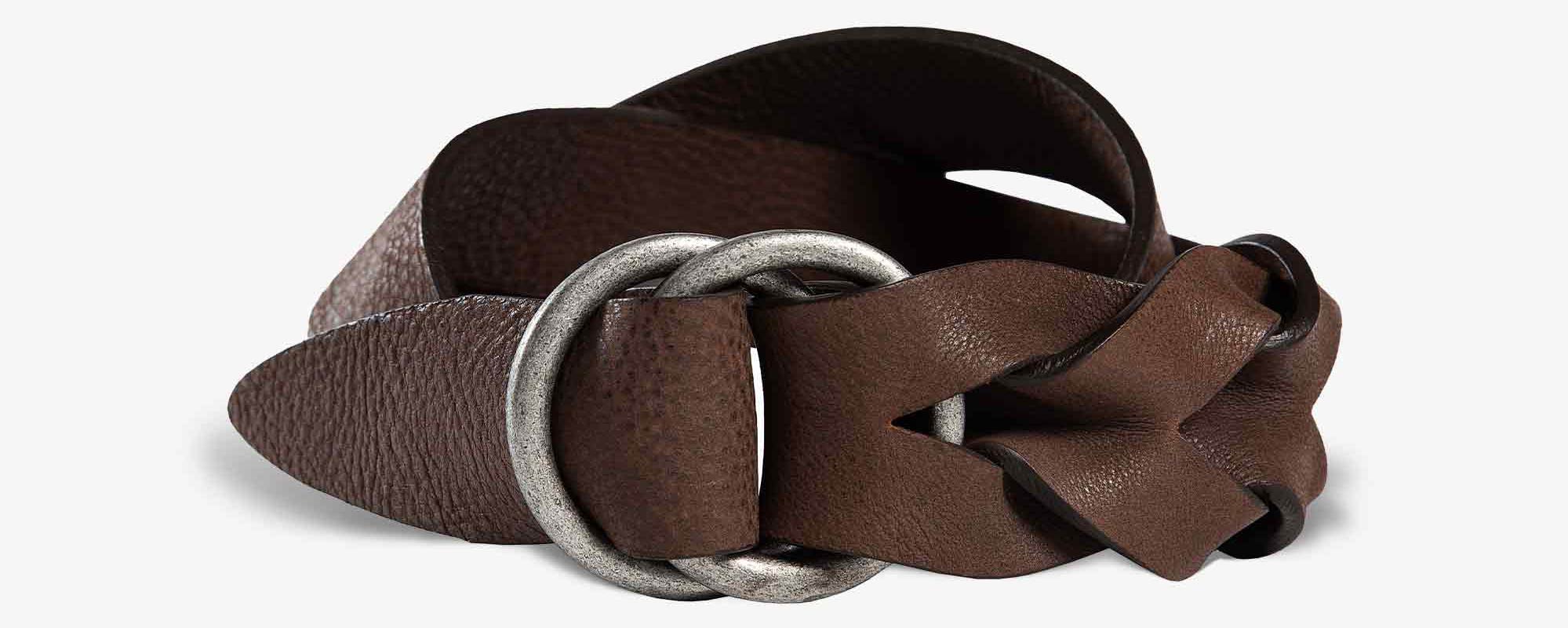

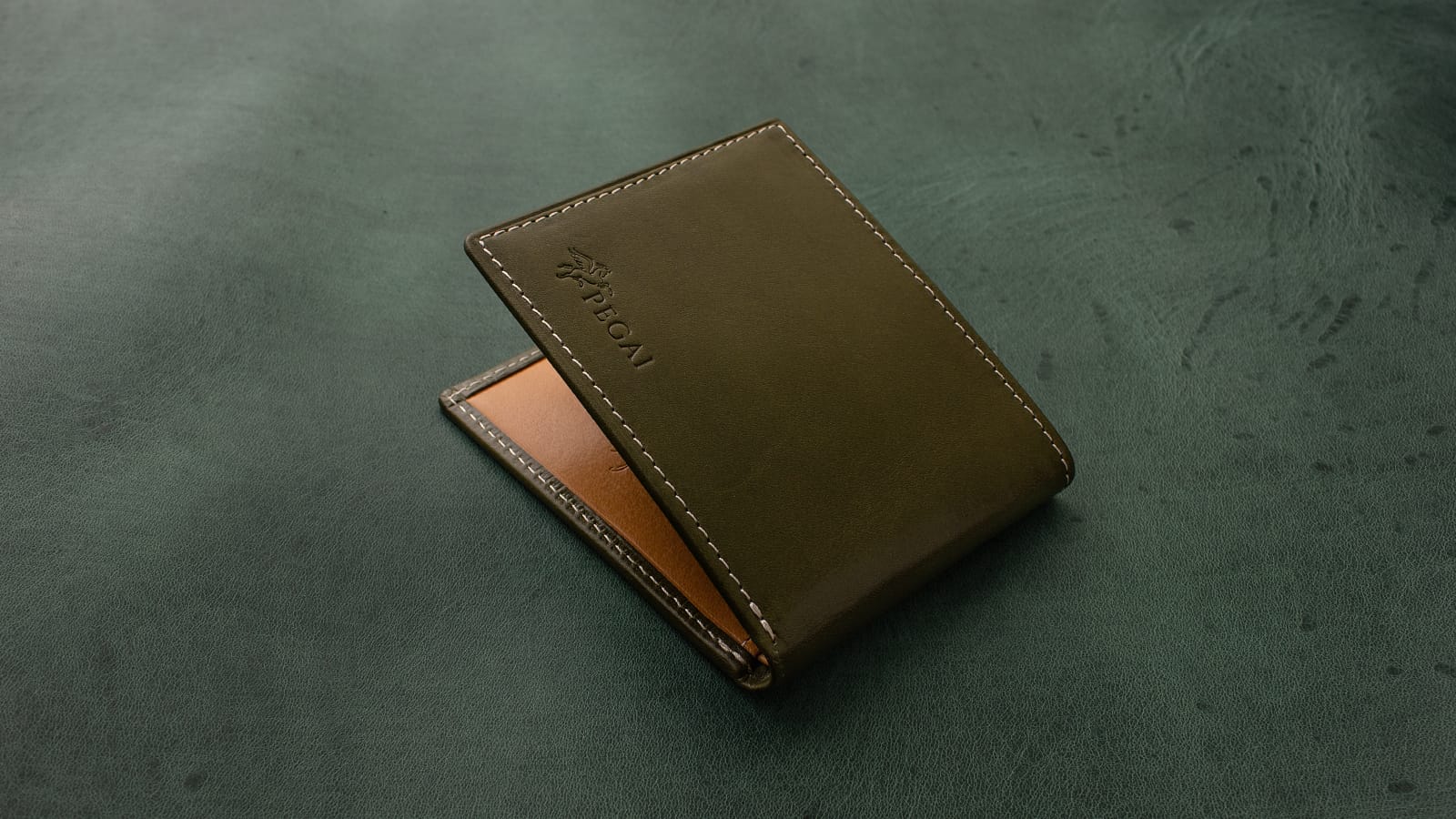
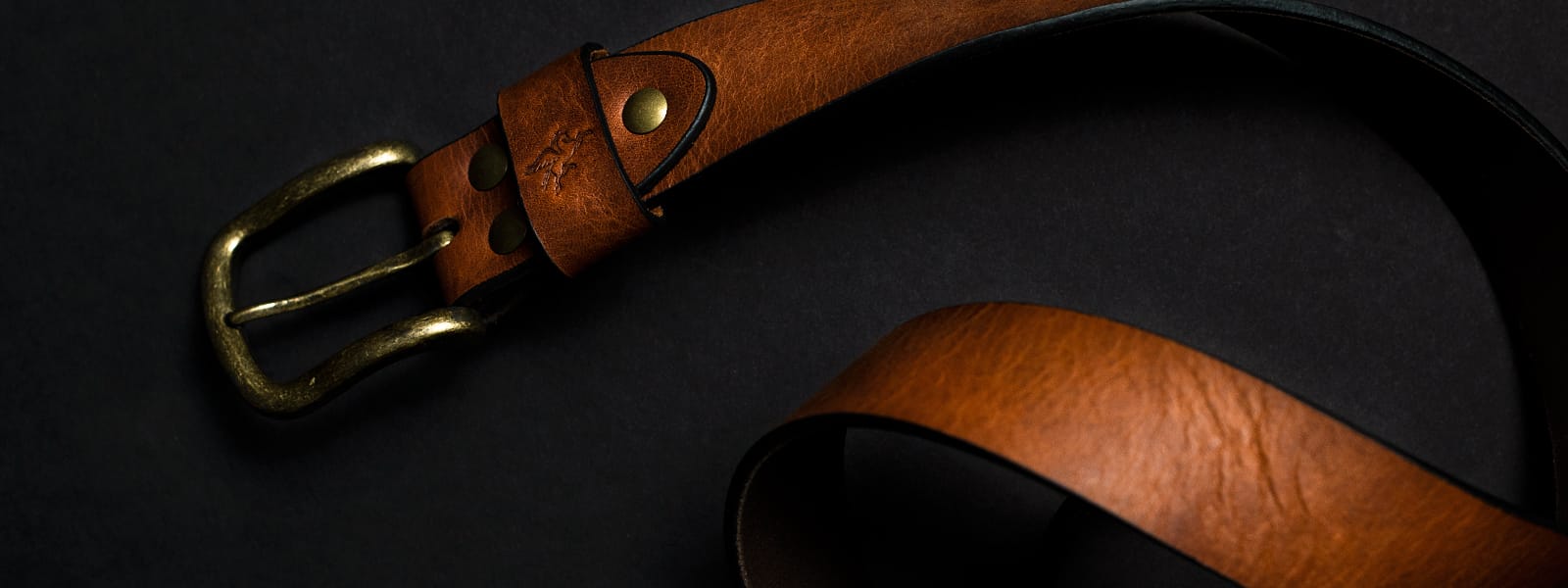

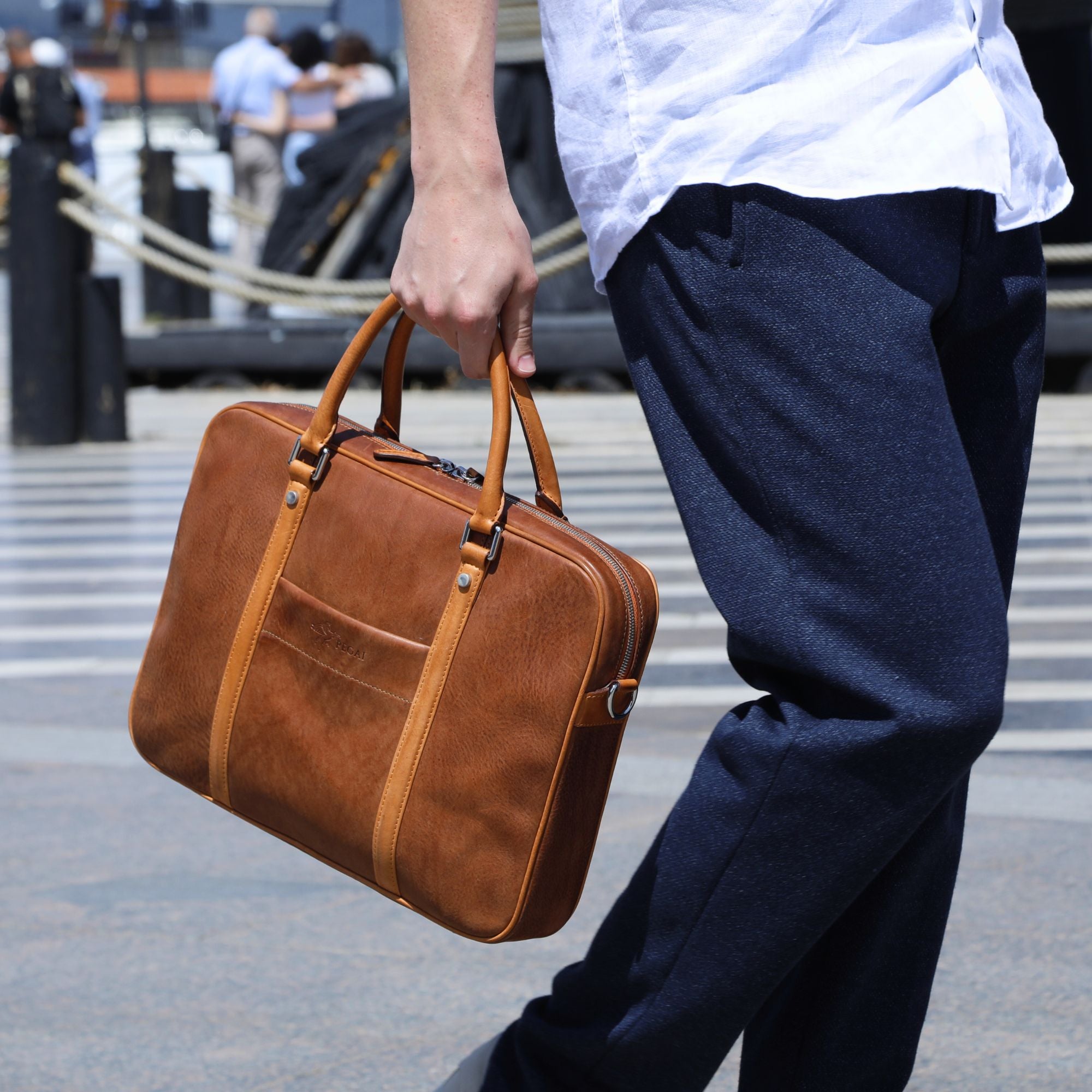
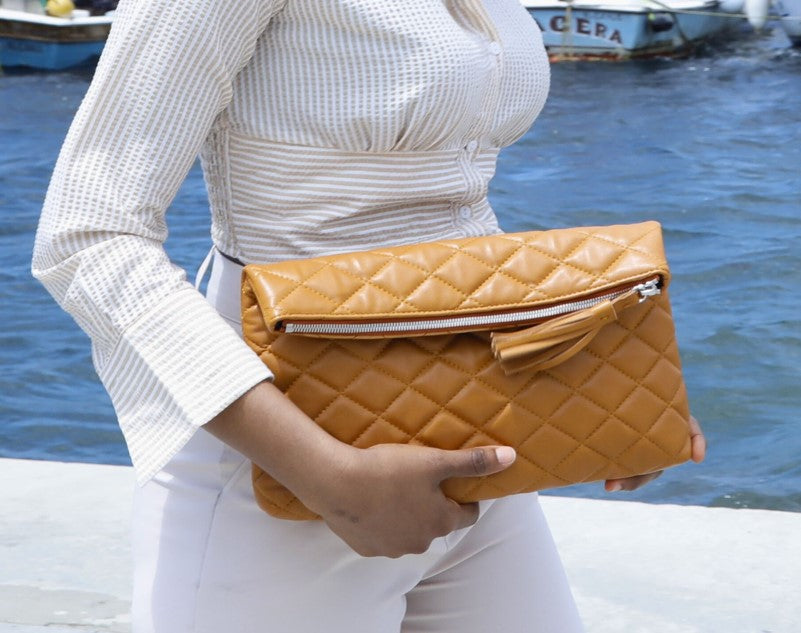
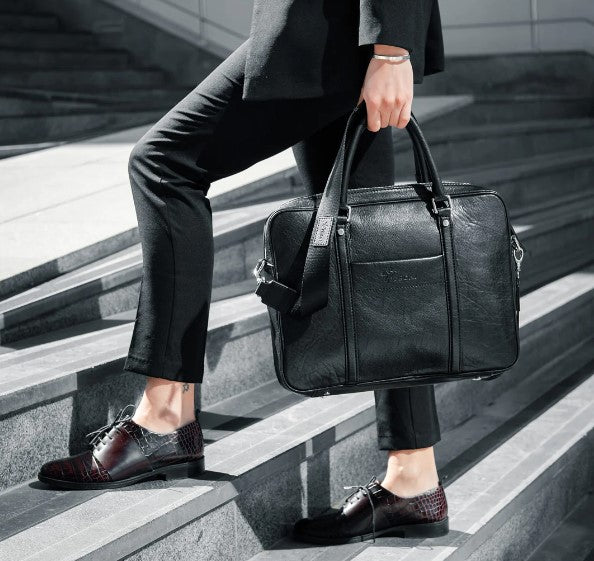
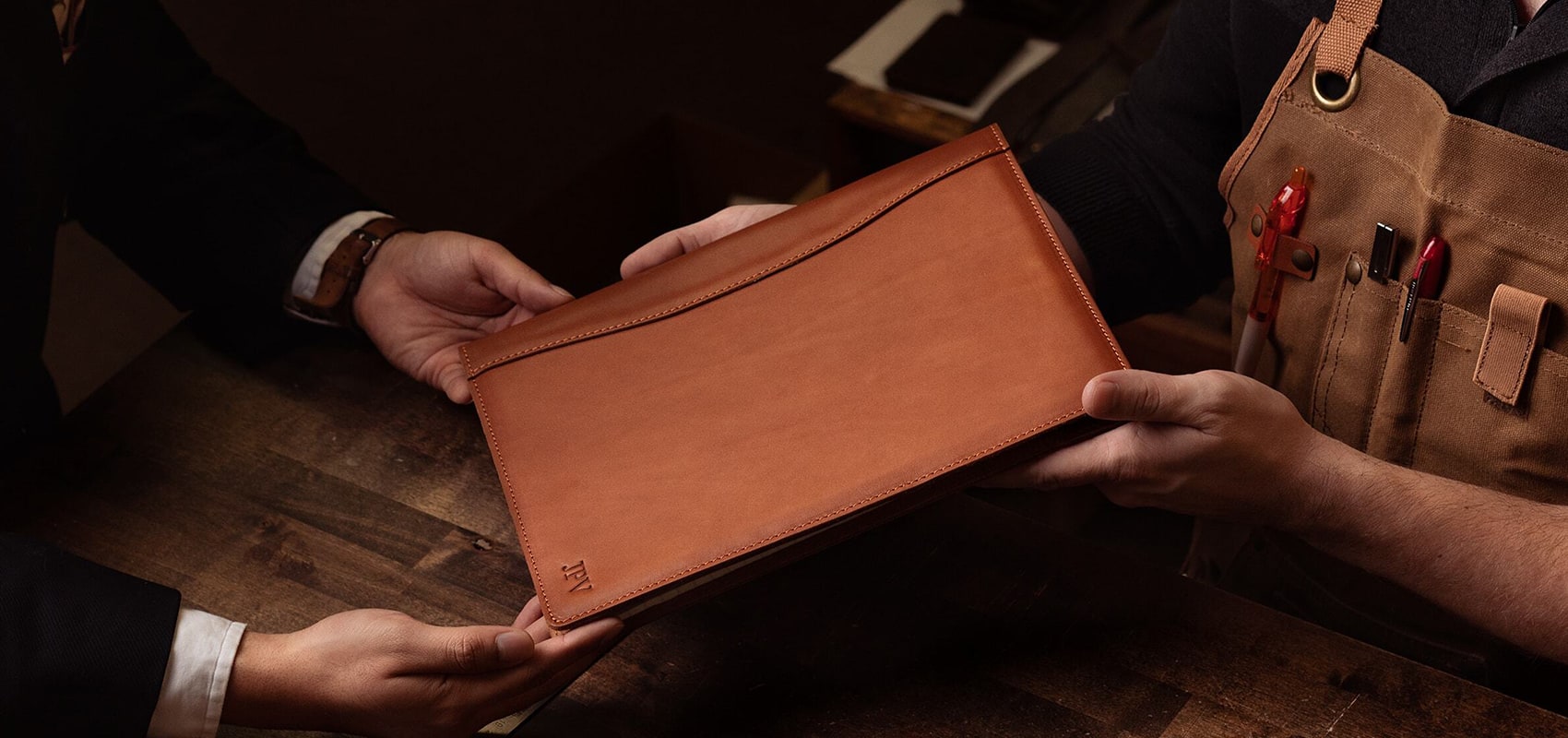
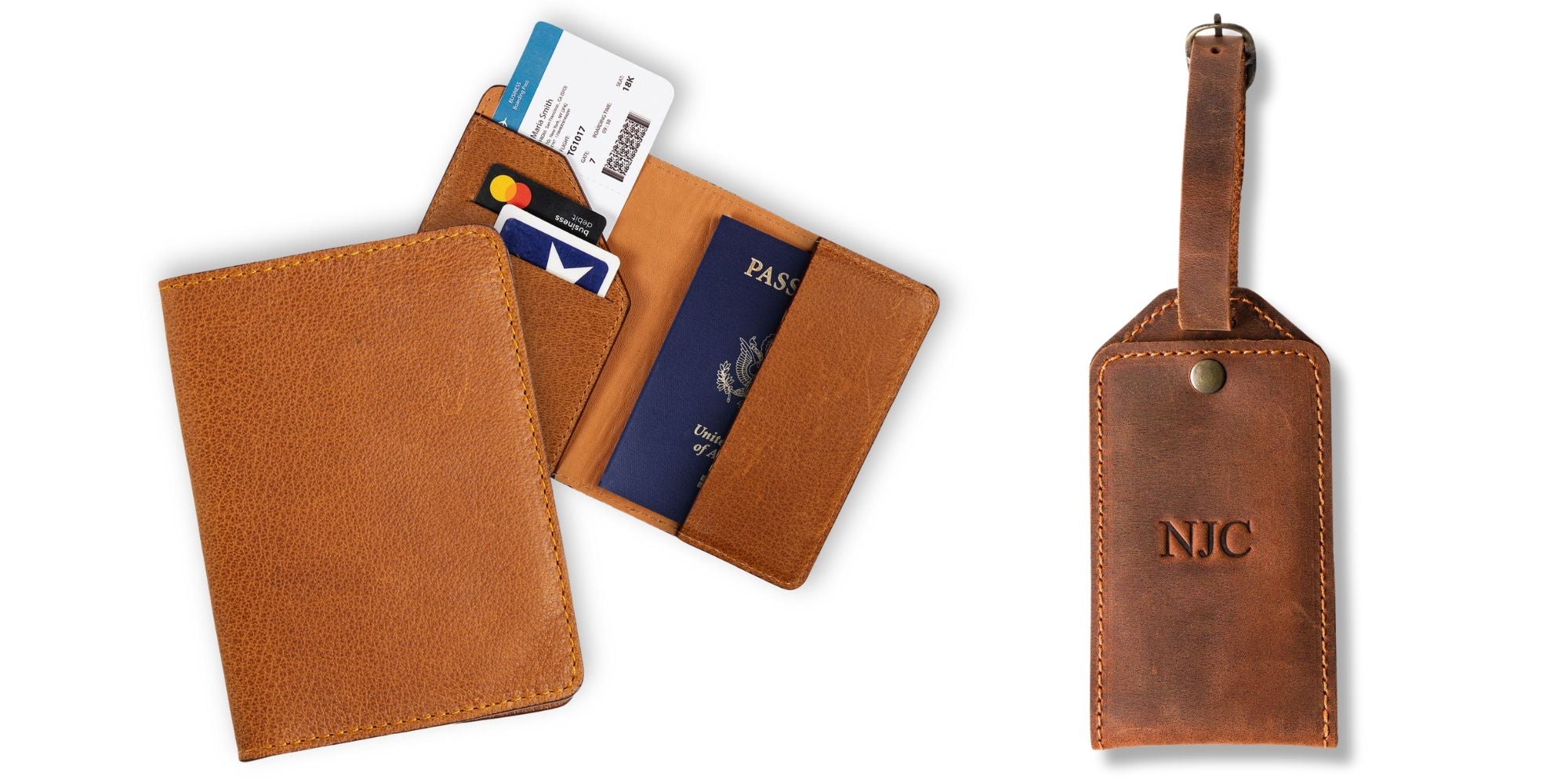
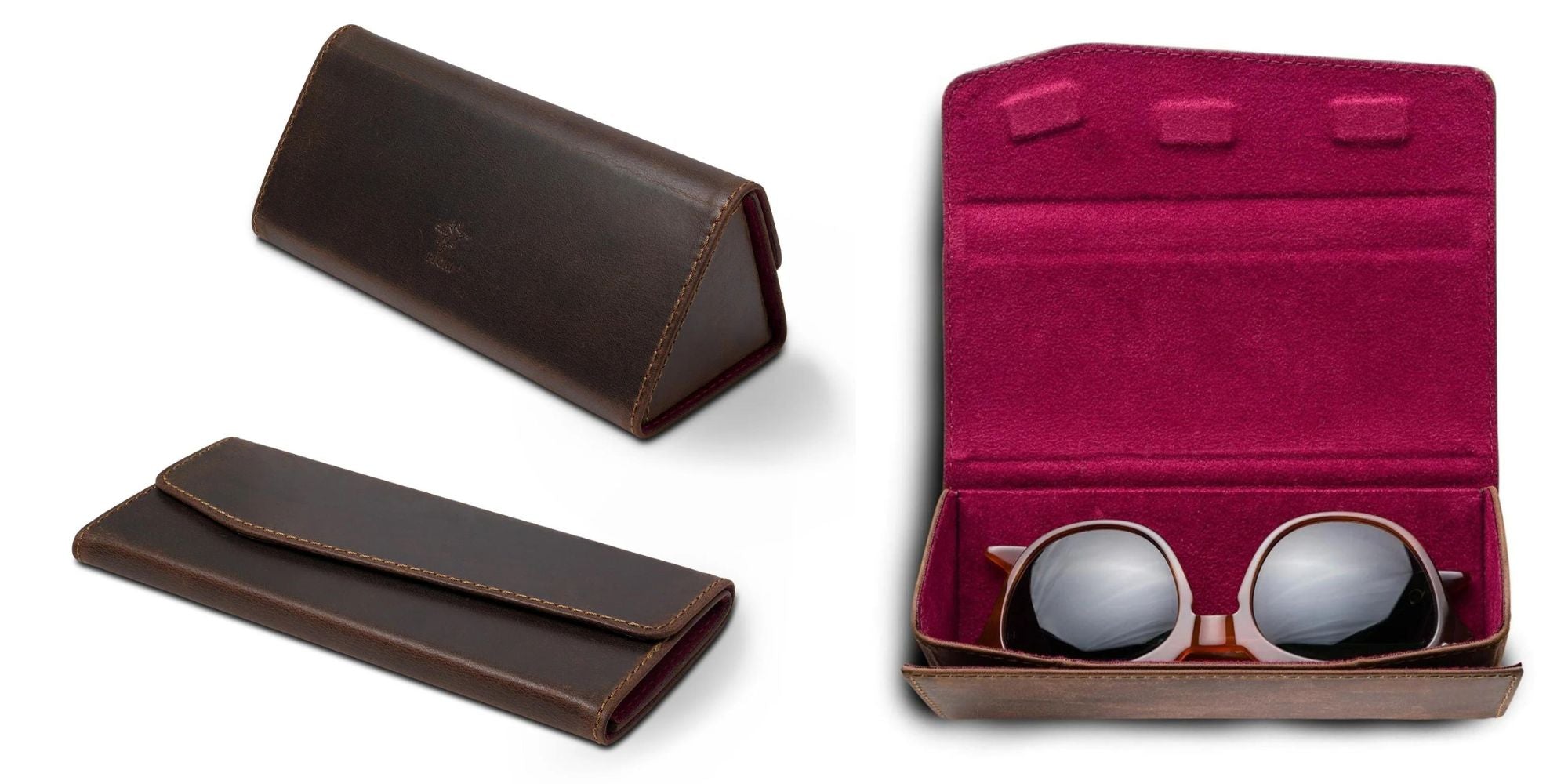
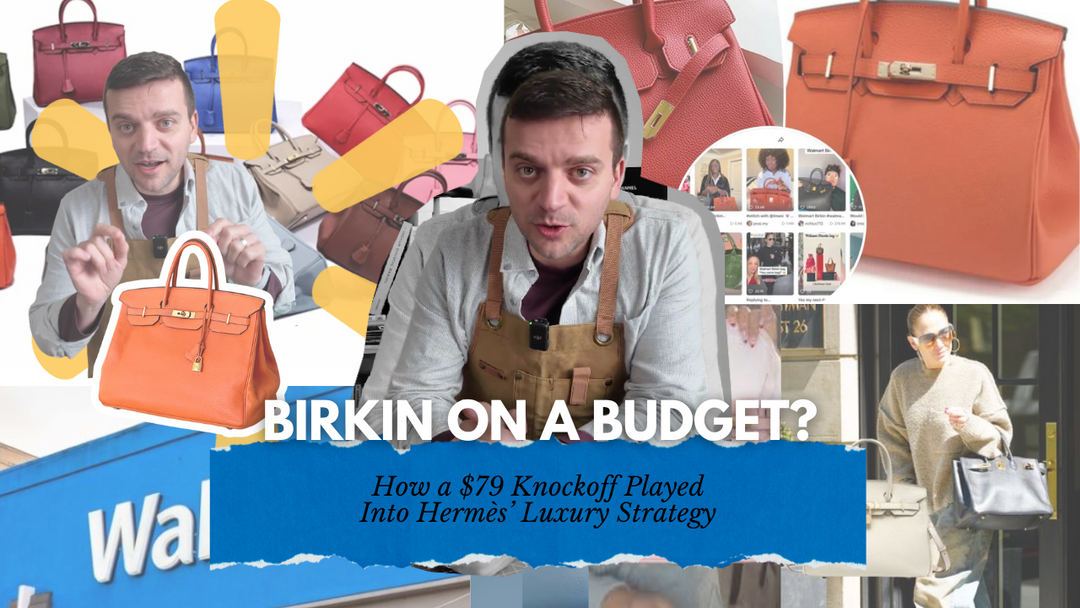
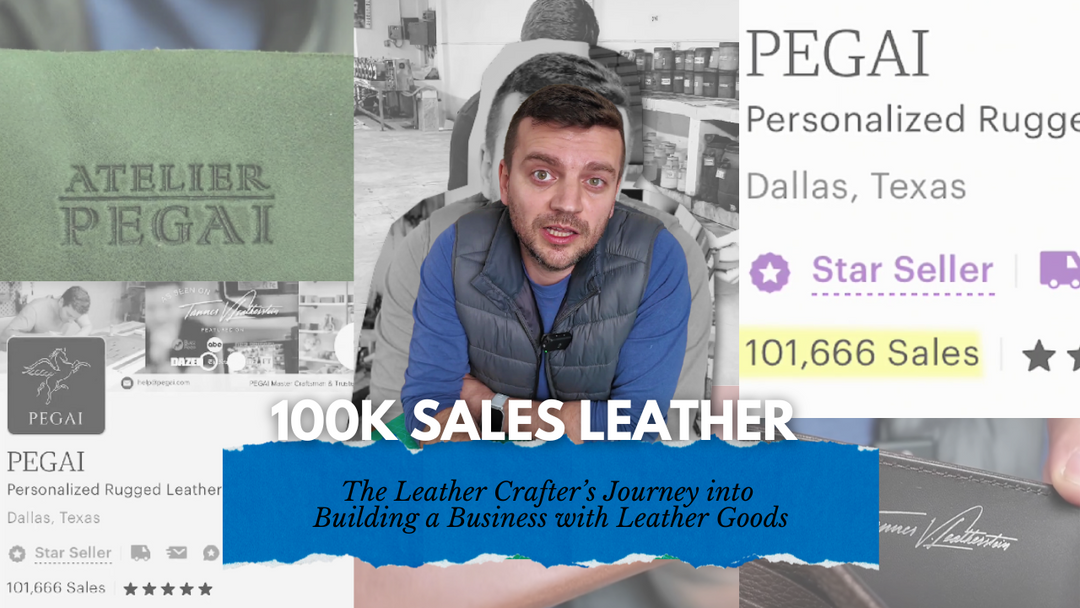
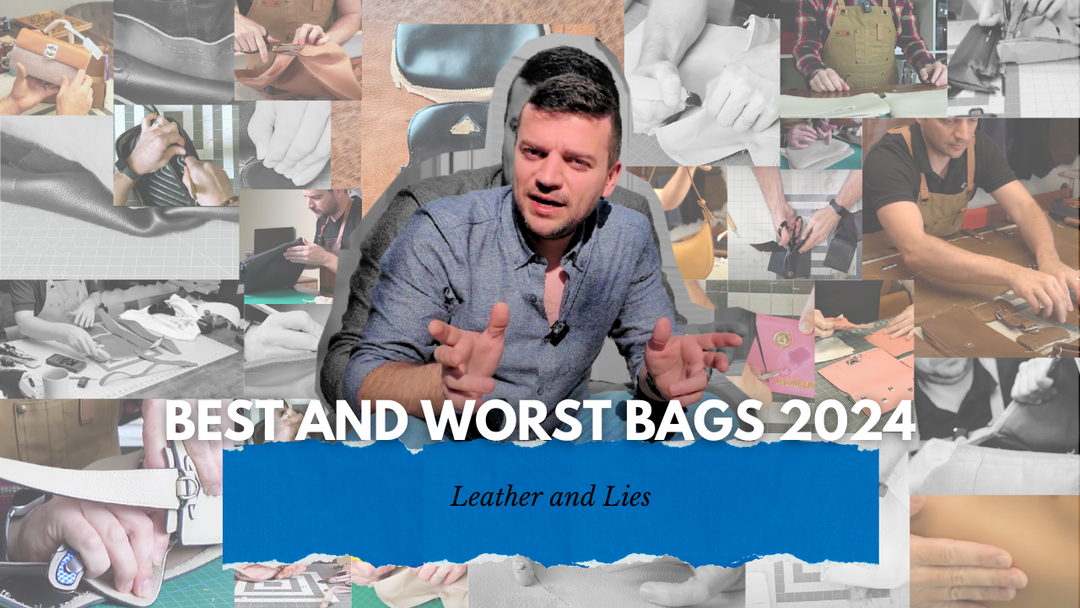
So much for this being regularly updated I guess
Wish this was updated!
Leave a comment